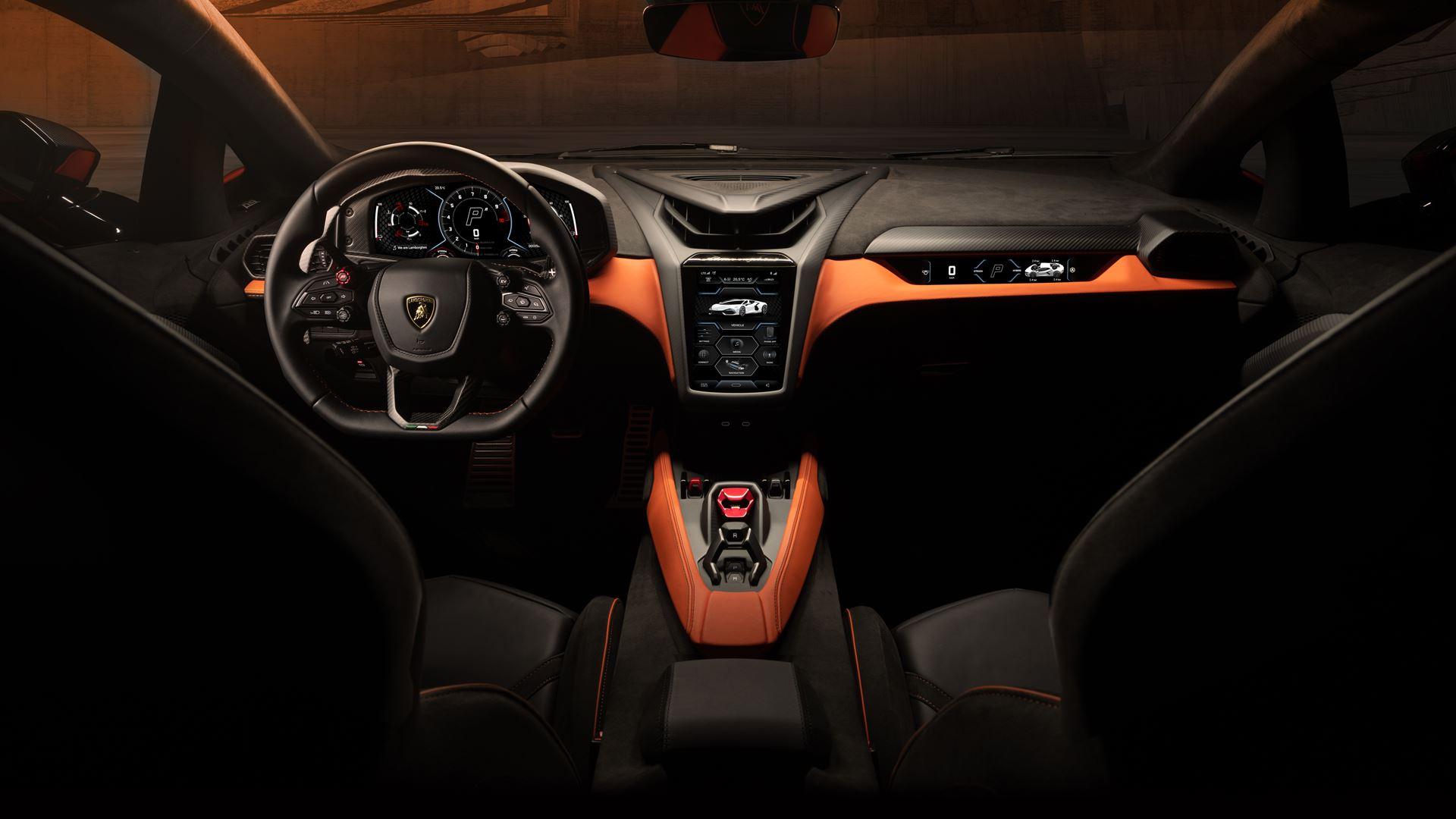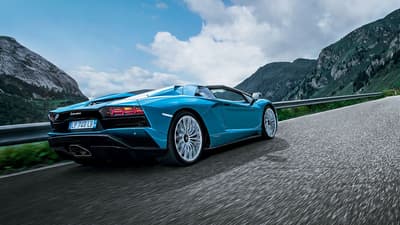Lamborghini, a brand synonymous with high performance and a touch of opulence, reflects industry trends, preferences, and passions of driving enthusiasts in its choices of transmission technology. Whether manual or automatic, each transmission type plays a vital role in a Lamborghini’s performance. Let’s delve into the intricate world of Lamborghini transmissions, exploring their history and what they mean for drivers today.
The Rise of Automatic Transmissions in Sports Cars
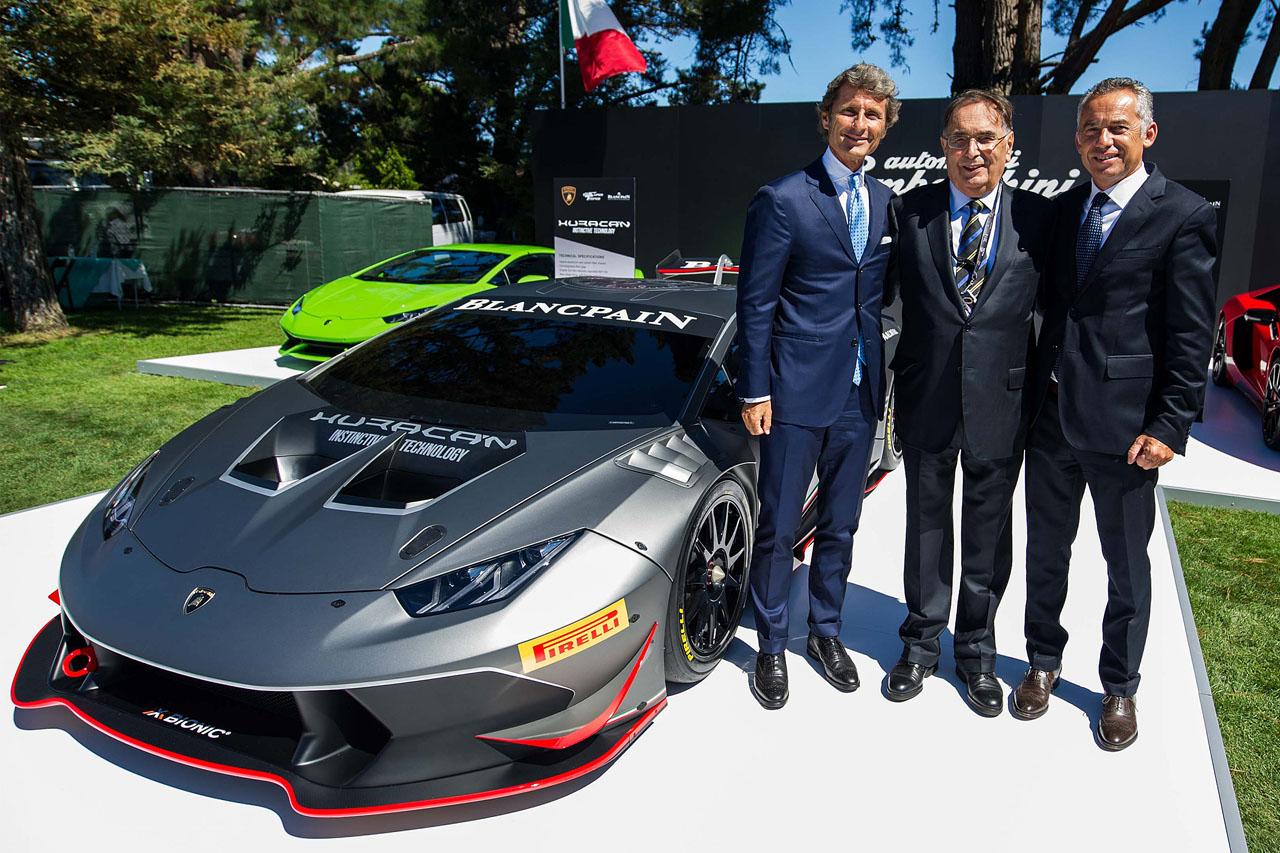
In the past, drivers considered manual transmissions the norm in sports cars because they offered a level of control and a connection to the vehicle that automatics couldn’t replicate. However, the advent of advanced technology and engineering has made automatic transmissions an increasingly popular choice in the high-performance sports car sector, including in Lamborghini.
Modern sports cars now feature automatic transmissions that are more than just an alternative to manual; they signal a revolution in driving dynamics and performance. These transmissions can shift gears faster and more precisely than a human can, offering clear performance advantages. They often come with various modes, allowing drivers to experience driving that ranges from highly responsive to more relaxed and fuel-efficient.
In sports cars, especially those with high torque and horsepower, automatic transmission systems give a real competitive edge by managing power effectively. They allow manufacturers to unleash the full potential of their engine technology without the constraints of human shifting limitations.
Automatic transmissions are also attracting a broader range of consumers who want the thrill of sports car driving without the demands of manual gear shifting. This trend is causing a shift in the market, and more manufacturers are now offering or even exclusively producing automatic transmission models.
Lamborghini, like many other premium sports car brands, has balanced the appeal of traditional manual driving experiences with technological advances and market demands for automatics. They have met consumer desires for high performance without sacrificing the finesse and engagement many drivers seek by investing in advanced automatic transmission technologies.
The rise of automatic transmissions in sports cars not only reflects technological evolution but also a cultural shift. What people once perceived as potentially detracting from the “pure” driving experience, they now often see as a vital aspect of modern high-performance vehicles. This transition from manual to automatic isn’t just a change in gear-shifting mechanics; it’s a transformation redefining sports car driving in the 21st century.
Lamborghini’s Transmission History
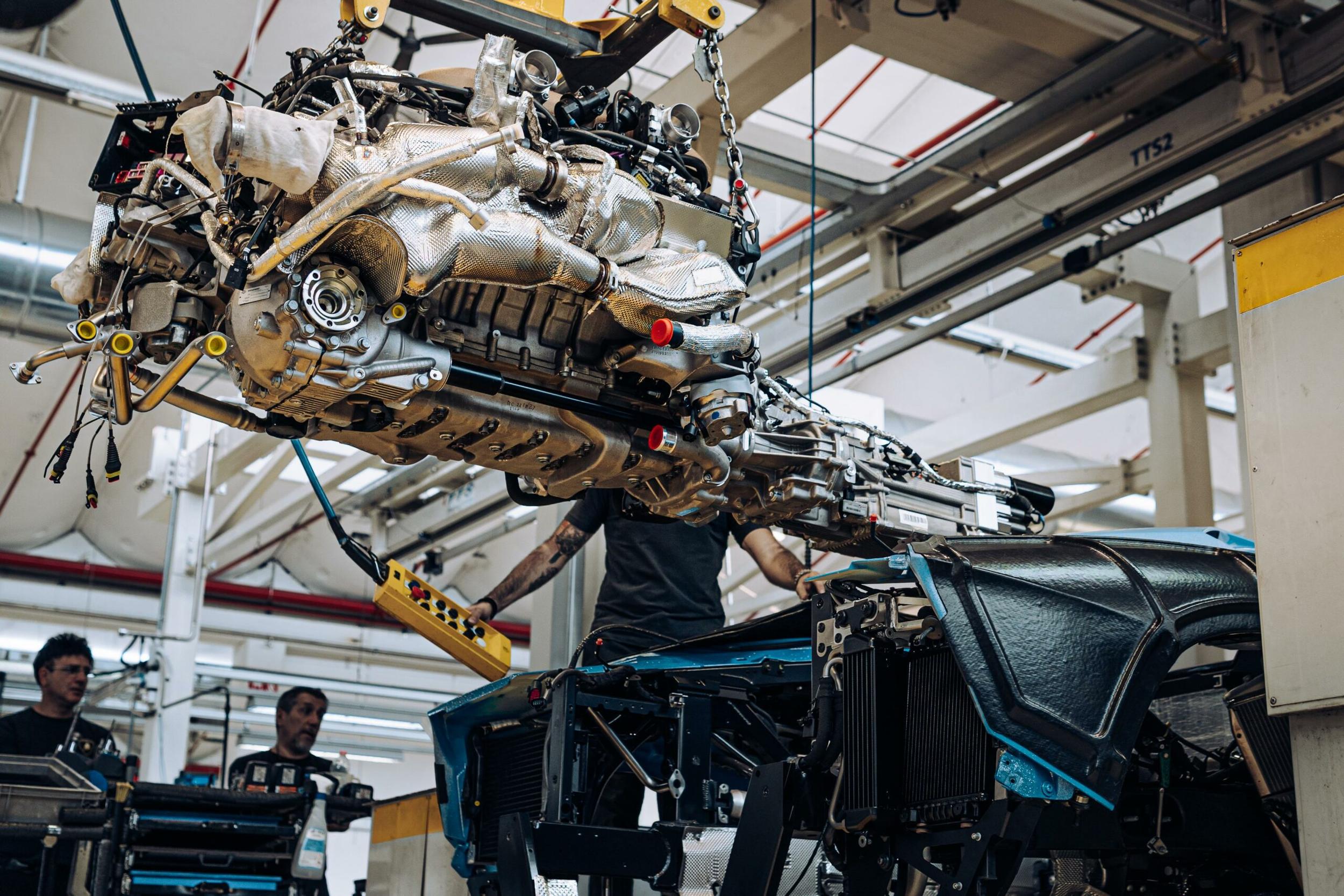
Lamborghini’s journey through the world of automotive transmissions is an intriguing tale of evolution and adaptation, mirroring the broader changes in the sports car industry. From their inception in the 1960s, Lamborghinis were furnished with traditional manual transmissions, reflecting the era’s preferences and technology.
The early models like the 350 GT and the Miura were manual transmission purists, facilitating a direct and engaging connection between the driver and the machine. This provided a raw and immersive driving experience that soon became emblematic of the Lamborghini brand. Each gear shift was a tactile reminder of the mechanical wonders at work beneath the hood, adding depth to each drive.
However, as the industry began to embrace the benefits of automatic transmission, Lamborghini found itself at a crossroads. The 1990s saw the introduction of the Diablo VT, which was the first Lamborghini model to feature an optional automatic transmission, marking a significant departure from tradition.
While this move might have been seen as controversial to some die-hard fans, Lamborghini’s venture into automatic transmissions was a calculated response to shifting market demands and technological advancements. Semi-automatic transmissions soon followed, with the introduction of the “E-gear”, a single-clutch automated manual transmission, in early 2000s models such as the Gallardo. This transmission type sought to blend the benefits of both manual and automatic systems, providing a compromise solution in a rapidly evolving automotive landscape.
Over time, the shift towards automatic became even more pronounced. The Aventador, introduced in 2011, saw the advent of a new seven-speed automatic ISR (Independent Shifting Rods) transmission. This represented a significant step forward in Lamborghini’s transmission technology, offering quicker shifts and enhanced performance.
However, this gradual shift towards automatics did not mean a complete abandonment of manual transmissions. Throughout these transitions, Lamborghini continued to offer manual options on certain models, ensuring a link to its rich manual heritage remained intact. Lamborghini’s transmission history, thus, is a testament to its adaptability and commitment to cater to diverse driving preferences, all while staying on the cutting edge of automotive technology.
Manual Transmissions in Modern Lamborghinis
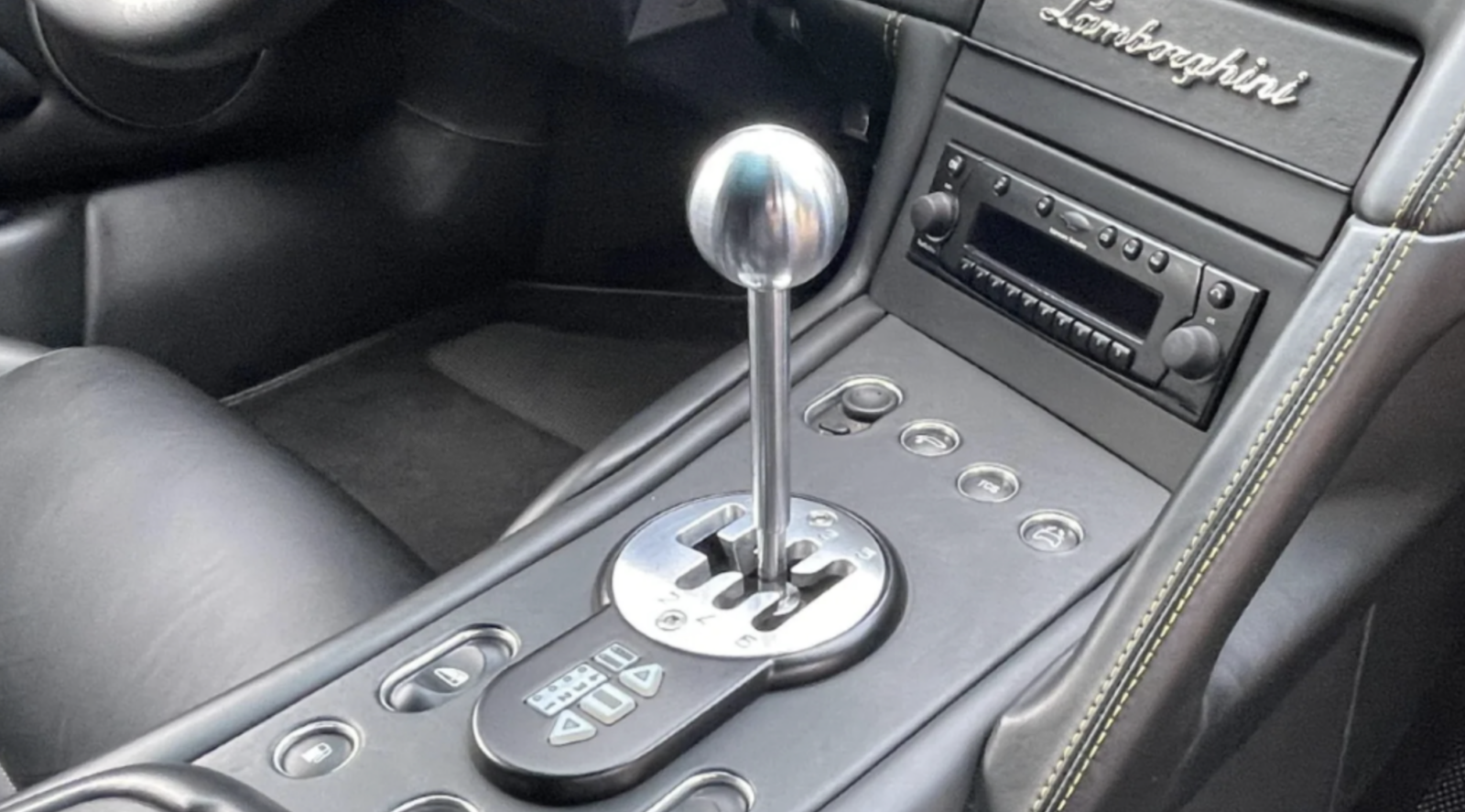
The Italian supercar manufacturer has shifted away from manual transmissions in favor of automated transmission systems that provide quicker shift times and enhanced performance.
The move toward automatic and semi-automatic transmissions like single-clutch or dual-clutch systems has been a trend among supercar manufacturers, aiming to maximize efficiency, performance, and control.
Lamborghini’s switch away from manual transmissions can be seen as a reflection of technological advancement and the desire to push the performance envelope. While many enthusiasts appreciate the engagement and control provided by a manual transmission, the shift towards automatic systems aligns with the broader industry focus on improving acceleration times, reducing emissions, and enhancing fuel efficiency.
The last Lamborghini that offered a manual transmission was the Gallardo, which ended production in 2013. Since then, Lamborghini has utilized advanced transmission technologies in its models, like the Aventador’s ISR (Independent Shifting Rod) 7-speed automated manual and the Huracán’s 7-speed dual-clutch automatic.
Automatic Transmissions in Modern Lamborghinis
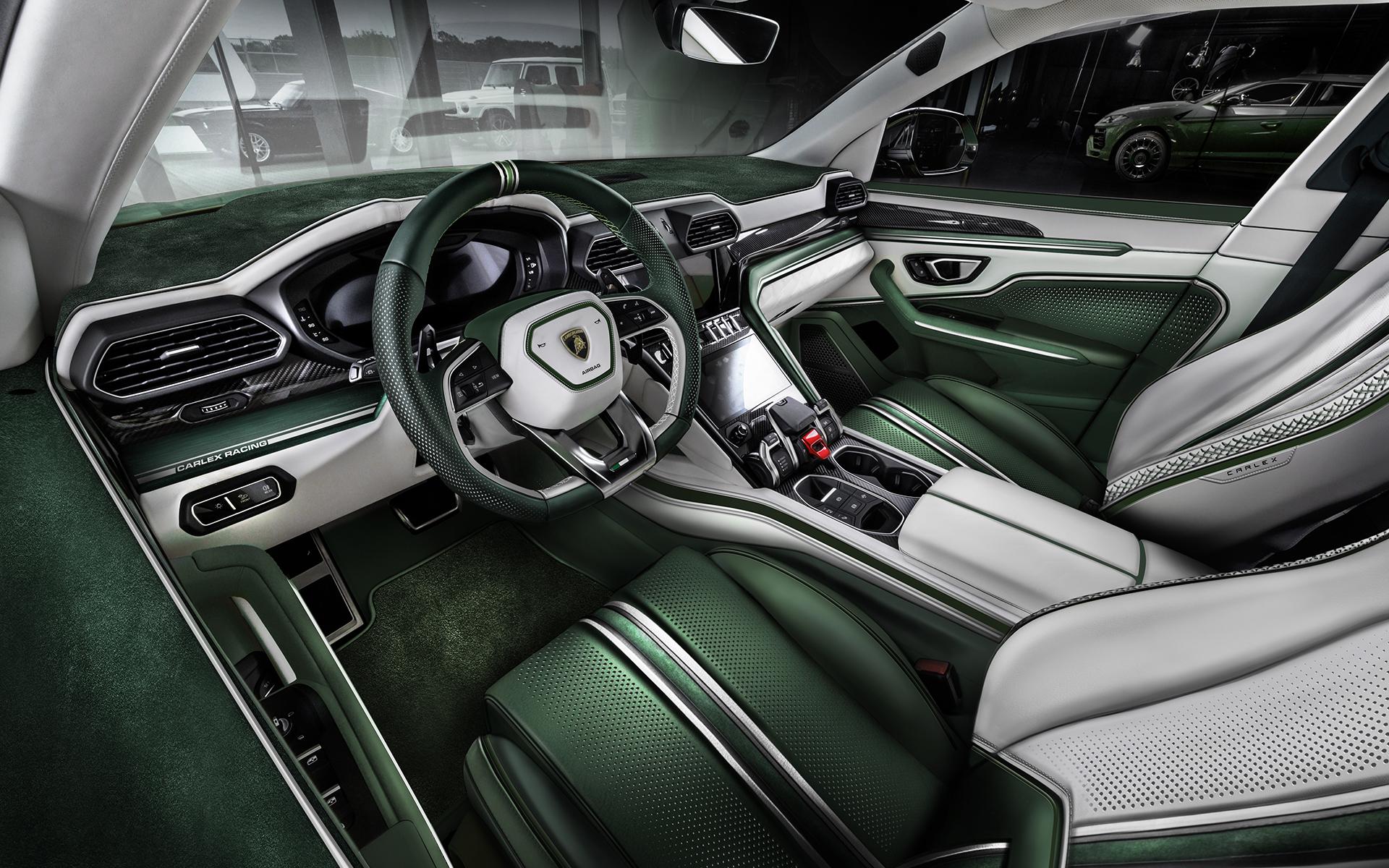
Automatic transmissions in modern Lamborghinis have become the standard across the lineup. Here’s a comprehensive overview:
- Phasing Out of Manual Transmissions: Lamborghini has completely phased out manual transmissions from its lineup, making automatic transmissions standard for all the latest models.
- Specific Models:
- Lamborghini Aventador: Information regarding the Aventador’s transmission isn’t provided in the search results.
- Lamborghini Huracán: The Huracán comes standard with a 7-speed dual-clutch gearbox known as Lamborghini Doppia Frizione (LDF). This transmission is present in all variants of the current Huracán model.
- Lamborghini Urus: Details of the transmission system in the Urus are not provided, but it is likely to follow the trend of automatic transmissions as with other Lamborghini models.
- Lamborghini Revuelto: Specific information about the Revuelto’s transmission was not found in the search results.
- Why Automatic Transmission?:
- Performance: Automatic transmissions such as dual-clutch gearboxes provide nearly no shift lag, allowing power to be delivered to the wheels more efficiently. This results in better performance and faster acceleration.
- Demand: Lamborghini stopped offering manual transmissions on their supercars since around 2013-2014 because there was simply no demand for them. Even enthusiasts and journalists who expressed concern were outnumbered by those preferring automatic transmissions.
- Technological Advances: With modern supercars reaching high horsepower levels, automatic transmission systems have become more capable of handling the power, providing efficient acceleration through the gears, and achieving faster 0-60mph times. Manuals were found to be slower and less able to keep up with the high power of these vehicles.
- Impact on Driving Experience: The incorporation of automatic transmissions in Lamborghinis ensures a smooth and powerful drive, combining the luxury of convenience with high performance. With automatic transmissions, drivers can experience the thrill of a supercar without the need for manual shifting, which aligns with the fewer people learning to drive manual cars nowadays.
Automatic transmissions in modern Lamborghinis are part of a trend across the supercar industry to embrace technology that enhances performance, meets demand, and provides a more accessible and enjoyable driving experience. Manual transmissions, while a symbol of enthusiast driving in the past, have been completely replaced in Lamborghini’s lineup.
Comparing Performance: Manual vs. Automatic
The comparison between manual and automatic transmissions in Lamborghinis is not merely about numbers but also about feel and driver engagement. Automatics may offer quicker shifting and better fuel efficiency, but manuals provide a level of control that’s cherished by driving purists. While some may argue that automatics are technically superior, the choice often boils down to personal preference and the particular joy one finds in the driving experience.
Manual Transmission
- Control and Experience: Manual transmissions, also known as stick-shift, give drivers more control over shifting and power, enhancing the overall driving experience.
- Involvement: Many drivers prefer manual transmissions for the feel and involvement they bring, providing a pure connection between the driver and the car.
- Gear Operation: In manual transmissions, the driver is responsible for shifting gears. This system requires the operation of three pedals: clutch, brake, and accelerator, with the left leg and left hand responsible for making the car operate.
- Economical Considerations: Traditionally, manual transmissions have been perceived as more economical compared to automatics.
Automatic Transmission
- Ease of Use: Automatic transmissions shift gears automatically, allowing drivers to focus on the road and passengers, making the operation easier for many.
- Operation: Automatic transmissions only require two pedals for operation (brake and accelerator), making the left leg redundant in operating the car entirely.
- Performance: Automatic gearboxes have reached a point where they are faster and more economical than manual gearboxes, dethroning manuals in terms of outright performance.
- Increasing Demand: Demand for cars with automatic transmissions has been on a steady rise, particularly due to congested roads and advancements in affordable technologies like AMT (Automated Manual Transmission).
Consumer Preferences and Market Trends
Consumer preference has been shifting steadily towards automatic transmissions, and Lamborghini has responded to this trend without entirely abandoning its manual heritage. Competing brands have often gone fully automatic, but Lamborghini’s continued support for manual options showcases a nuanced understanding of its diverse customer base. However, the shift towards automatic is undeniable, driven by broader market trends and evolving consumer expectations.
The Future of Transmissions in Lamborghini
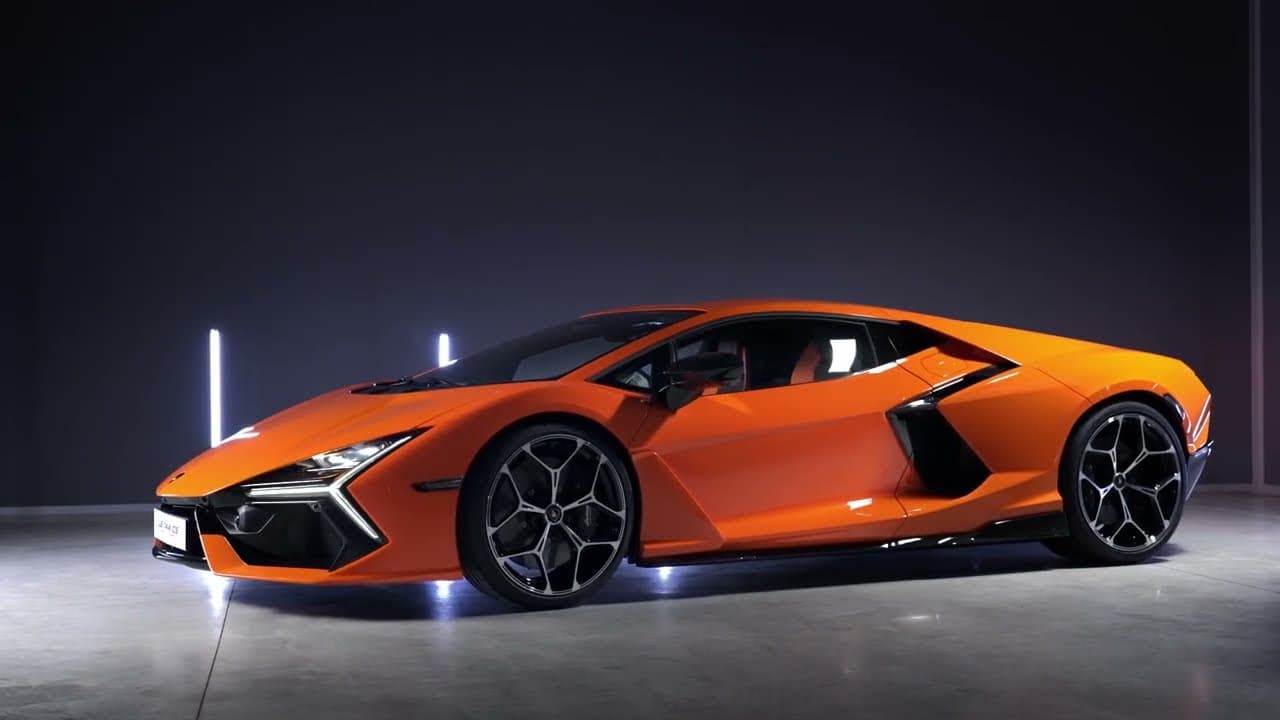
What does the future hold for transmissions in Lamborghini vehicles? The balance between manual and automatic will likely continue to tip towards the latter, driven by technological advancements and market preferences. However, Lamborghini’s unique position within the automotive world may mean that manual options continue to exist in some form, a tip of the hat to the brand’s rich history and the desires of its most passionate enthusiasts.
Also future of transmissions in Lamborghini appears to be focused on innovation and hybrid technology, with a blend of high-performance traditional engines and cutting-edge electric power. Let’s dive into the details:
- Lamborghini Revuelto: The Revuelto is a major indication of Lamborghini’s future approach, being the first High Performance Electrified Vehicle (HPEV) hybrid super sports car unveiled by the marque. The Revuelto’s powertrain combines a new 12-cylinder internal combustion engine with three high-density electric motors, linked to a groundbreaking transversal dual clutch e-gearbox. The total power output is a staggering 1015 CV.
- Plug-in Hybrid Technology: The Revuelto is Lamborghini’s first plug-in hybrid and new V12 flagship hypercar. This adoption of plug-in hybrid technology, paired with a 6.5-liter V12 engine, shows Lamborghini’s commitment to blend traditional power with electric efficiency.
- Performance Specifications: The combination of a 6.5-liter V12 and three electric motors produces a combined 1,001 horsepower. There’s also a new eight-speed dual-clutch gearbox and an all-electric mode available, allowing for different configurations in driving dynamics.
- Evolution of the Engine: The naturally-aspirated 6.5-liter V12 engine in the Revuelto has been heavily reworked, with changes such as re-engineered air intake ducts and a new combustion system. It’s the most powerful 12-cylinder engine to ever leave the Lamborghini factory, boasting 814 hp at 9,250 rpm and 725 Nm of torque at 6,750 rpm.
- Pricing and Availability: The Revuelto is expected to remain on sale well into the next decade, with a price tag expected around £450,000, indicating the brand’s confidence in this hybrid direction.
- Aesthetic and Design Continuity: While embracing new technologies, Lamborghini is maintaining its iconic styling cues, including the vertically-opening scissor doors and a blend of designs from the best Lamborghini models from the last two decades.
Conclusion
Lamborghini’s handling of transmissions provides an intriguing look into the company’s ethos and how it responds to the larger trends in the automotive industry. By offering both manual and automatic transmission options, Lamborghini is able to satisfy various customer preferences, demonstrating not just technical excellence but also a profound insight into what motivates its clientele. Whether it’s the primal feel of a manual transmission or the cutting-edge efficiency of an automatic, Lamborghini forges its own path, mirroring both its historical legacy and the anticipation of what’s to come. This combination resonates with both the emotions and intellect of automotive enthusiasts, setting Lamborghini apart in the realm of elite sports cars.

